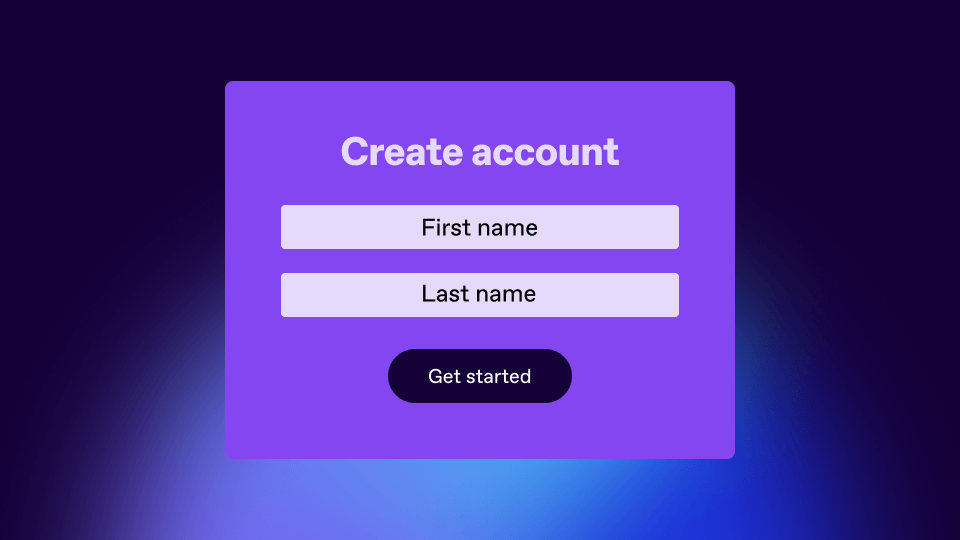
Eliminate hours-long delays in traditional user provisioning by instantly granting contextual access through real-time event-driven orchestration—no more waiting, no more standing privileges to clean up later.

Identity Governance and Administration (IGA) tools are essential for managing the identity lifecycle and enforcing baseline access policies. However, they were designed for a world of access requests, human approvals, static roles, and periodic access reviews, which can struggle to keep pace with today’s dynamic business needs.
This can create a time lag—sometimes hours or days—for a new hire or contractor to get the appropriate access. When that access does arrive, it’s often based on broad roles, granting more standing privilege than a person needs for their immediate tasks. This gap between when access is granted and when it’s truly needed creates two challenges: delayed productivity for workers and persistent exposure windows that attackers can exploit.
In a Continuous Identity model, birthright access is provisioned instantly and is event-driven. As soon as someone joins the organization, or becomes an approved contractor, SGNL can subscribe to the event in an authoritative source, like an HR system, and apply just enough access to get them started. From there, any additional access is granted just-in-time based on dynamic, contextual policy evaluation which removes the need for static roles and standing entitlements to clean up later.
This is how SGNL delivers Continuous Identity:
It’s not about giving people roles they might need; it’s about providing the correct level of access when they need it, not before or after.
At one large enterprise, onboarding people used to take hours. Once someone completed their required registration through their portal, they’d sit idle while the provisioning workflow trudged along for up to 24 hours before finally landing in Okta with the right groups.
With SGNL, that delay disappeared. As soon as the contractor signed up, SGNL captured the event, evaluated the policy, and provisioned the user into Okta in seconds.
Once the contractor had a login, they could immediately access other systems protected by SGNL. Each decision was made dynamically, session by session, with no standing access to clean up later. The business impact was immediate: new hires could start working right away, with access that was safer and more efficient for IT teams to manage.
It’s natural to ask: how do you show auditors who has access if nothing is standing? The answer is simple: you show them the approved policies and the log of every access decision.
Instead of static entitlement reports that go stale the moment they’re generated, SGNL provides:
That’s stronger evidence than traditional access reviews and it eliminates the audit fatigue of quarterly certification cycles. We dig in more on how to explain this new paradigm to auditors here.
Not every system supports this model yet, but we’re heading there fast. Continuous Identity with SGNL replaces static provisioning with policy-driven orchestration. It eliminates exposure windows, speeds up productivity, and finally brings security in line with the speed of modern business.
If you’re still depending on IGA workflows that take hours and grant standing access, it’s time to start planning for the future. With SGNL, access decisions happen at the speed of business, driven by policy, grounded in context, and recorded for proof.
Want to see how this looks in practice? Ask us to show you a live real-time evaluation.
Want more of the latest identity-first security topics and trends delivered to your inbox? Helpful and insightful content, no fluff.